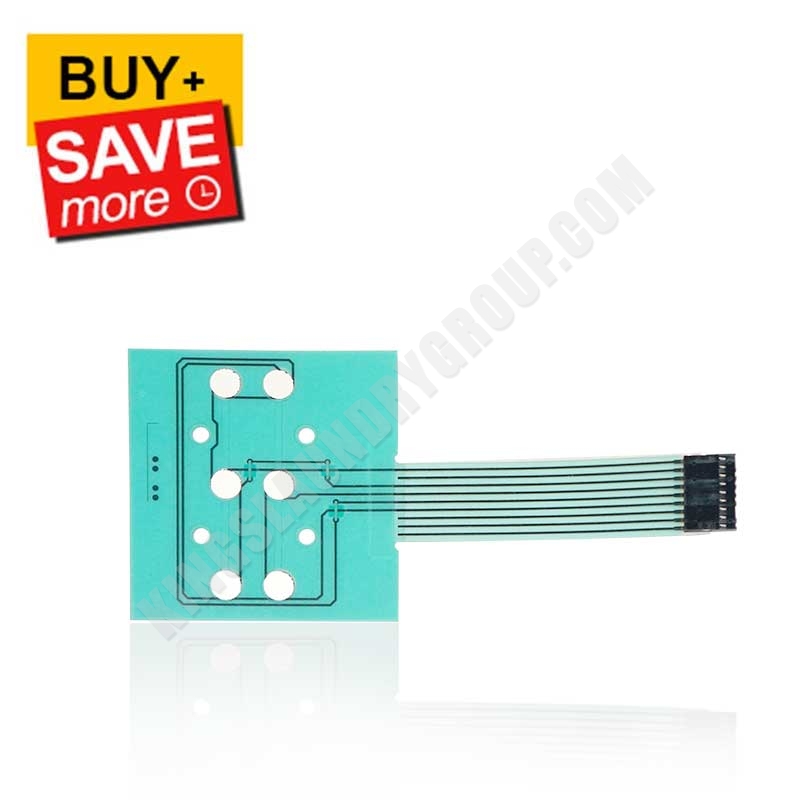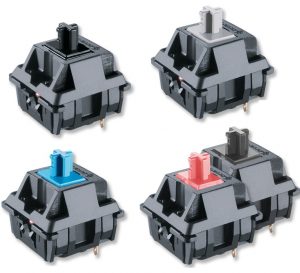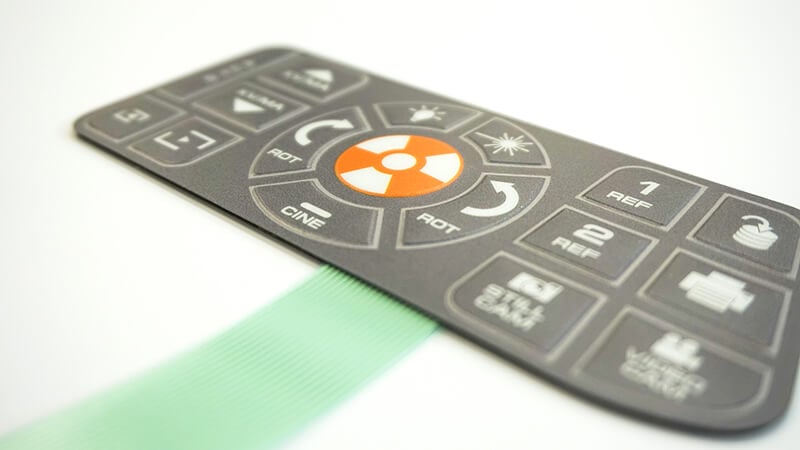The Complete Guide to Membrane Switch Innovation and Its Applications
The Complete Guide to Membrane Switch Innovation and Its Applications
Blog Article
Recognizing the Functionality of Membrane Switches Over for Customer Interface Devices
The capability of membrane layer changes stands for a considerable development in customer interface style, combining performance with visual flexibility. As markets significantly focus on user experience, understanding the subtleties of membrane layer button innovation ends up being vital.
What Are Membrane Layer Switches?
Membrane buttons are ingenious user interface devices that promote user communication with digital equipment. These flexible elements include several layers, consisting of a visuals overlay, spacer, and a published circuit layer. The design allows for a seamless assimilation into various digital devices, boosting both the aesthetic and functional facets of interface.
Membrane switches are commonly used in a vast array of applications, from home devices to commercial equipment and medical devices. Their building and construction typically includes a slim account, making them an ideal choice for small styles. The responsive feedback given by these switches can be crafted to satisfy specific individual choices, making certain reliable interaction between the individual and the gadget.
Resilience is another substantial benefit of membrane layer buttons, as they are immune to dust, wetness, and chemicals, which enhances their life expectancy in requiring atmospheres. In addition, these switches can be tailored in regards to form, dimension, and graphic layout, allowing for branding and user-specific functions. In general, membrane switches represent a useful solution for enhancing user experience in digital devices, combining capability with aesthetic charm in an efficient fashion.
Just How Membrane Switches Work
Operating on a straightforward concept, membrane switches over use a split construction to sign up user input effectively. Each button includes several layers, including a printed circuit layer, a spacer layer, and a top visuals layer, which are designed to interact perfectly. When an individual presses the top layer, it presses the spacer layer, bringing the conductive components of the circuit layer into call with each various other.
This call creates a closed circuit, signifying the device to execute a certain function. The design enables for numerous configurations, including tactile comments, which can enhance the user experience by supplying a physical feeling upon activation. The materials made use of in membrane layer switches usually include versatile substrates, such as polyester or polycarbonate, which make sure toughness and strength against deterioration.

Trick Benefits of Membrane Switches

An additional substantial advantage is click now their density. Membrane buttons are thin and lightweight, which enables suppliers to conserve area in their tools without giving up functionality. This attribute is especially valuable in applications where weight and volume are crucial considerations.
Additionally, membrane buttons are resistant to dust, dampness, and chemicals, boosting their durability. This durability prolongs their lifespan and reduces the need for regular replacements, resulting in price financial savings over time.
In addition, the tactile feedback given by membrane layer switches can be maximized to improve individual communication. They can consist of attributes such as raised switches or distinct clicks, improving use and user experience.
Applications Throughout Industries
Interface gadgets making use of membrane layer switches prevail in a large selection of industries, showcasing their adaptability and capability. Membrane Switch. In the clinical field, membrane layer buttons are essential to devices such as analysis tools and individual monitoring systems, where their resilience and simplicity of cleansing are vital for maintaining health requirements. In the auto sector, these buttons are employed in control panel controls and infotainment systems, giving a smooth and visit the website contemporary interface for individuals.
In addition, the customer electronic devices sector gain from membrane layer buttons in home appliances and handheld devices, where compact design and easy to use interfaces enhance user experience. Industrial applications likewise leverage membrane layer switches over for control panels in equipment and automation systems, emphasizing their toughness and resistance to harsh settings.
In the aerospace and protection markets, membrane layer switches are made use of in cabin controls and tools, where dependability and efficiency under extreme problems are extremely important. In addition, the video gaming sector increasingly includes membrane buttons in controllers and game makers, adding to an engaging customer experience. Overall, the convenience of membrane layer switches allows their prevalent usage throughout many industries, emphasizing their relevance in contemporary interface style.
Future Trends in Membrane Layer Change Modern Technology

Furthermore, the use of advanced products, such as polycarbonate and polyester movies, is anticipated to rise, offering boosted longevity and resistance to environmental stress factors. These materials contribute to the general long life of membrane layer switches, making them appropriate for harsher industrial applications.
Furthermore, the incorporation of wise technology, including IoT connection, will make it possible for membrane buttons to connect with other devices and systems, facilitating an extra interactive individual experience. This fad aligns with the expanding demand for clever tools across various sectors, from medical care to consumer electronics.
Last but not least, customization options are anticipated to increase, allowing makers to develop bespoke solutions tailored to details individual requirements and preferences. These growths will place membrane switches as necessary elements in the development of user interface technology.
Final Thought
In verdict, membrane switches over represent a pivotal innovation in user interface modern technology, using a trustworthy and versatile solution for varied digital applications. As improvements in material science and touch sensing modern technologies continue, the capability and applicability of membrane buttons are anticipated to expand, reinforcing their relevance in modern-day digital devices.
Report this page